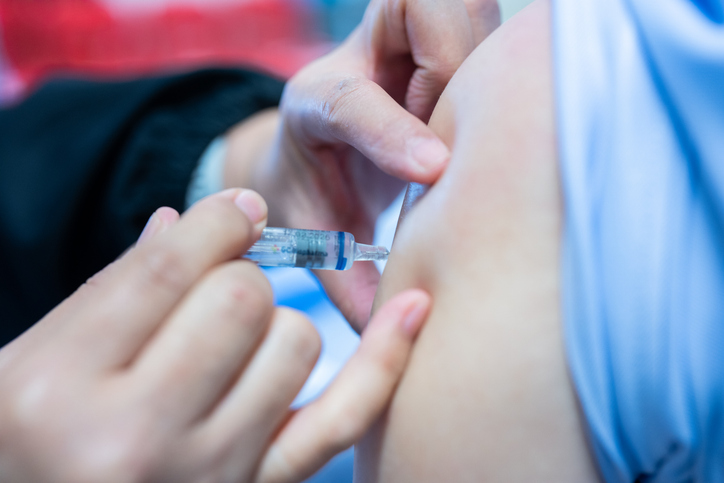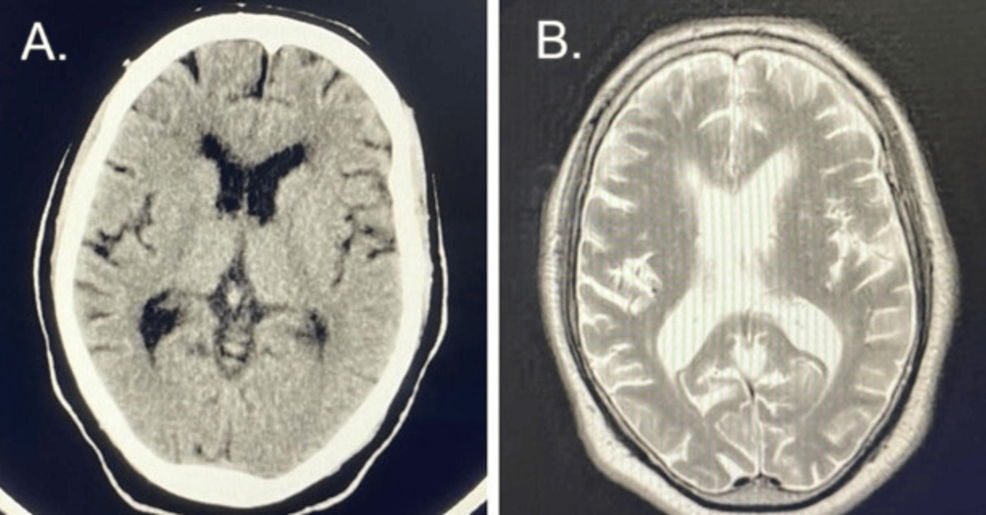Doctors and researchers try to understand what medications a person has taken by asking patients directly or by looking at medical records. But this information is often incomplete. People may forget what they took, use over-the-counter drugs,…
Category: 6. Health
-

How to get enough vitamin D without triggering cancer
While the body needs adequate vitamin D, it is about maintaining a balance and avoiding…
Continue Reading
-

Doctors bust myth of catching cold from cold water: ‘It comes from…’
Updated on: Dec 12, 2025 01:44 pm IST
Dr Prajna and Dr Habalkar insists it is safe to consume refrigerated water in winter without worrying about catching cold.
Continue Reading
-

Ireland struggles with flu vaccination as hospital admissions surge
The Irish government has voiced concern over low uptake of flu vaccines as hospitalisations rise sharply, with health officials reporting influenza spreading earlier than in recent years.
The Health Protection Surveillance Centre (HPSC) confirmed…
Continue Reading
-

Brain Health: How to Stay Sharp for Life
Dr. Majid Fotuhi, MD, PhD, discusses how to drastically improve brain health in 12 weeks as he prepares the publication of his upcoming book, scheduled for March 3, 2026: The Invincible Brain: The Clinically Proven Plan to Age-proof Your Brain…
Continue Reading
-

Influenza rate still high despite downward trend in some regions
Influenza remains at a high level of prevalence in China while positive test rates of the virus trended up during the first week of this month, according to an online report published by the Chinese Center for Disease…
Continue Reading
-

What went right this week: the good news that matters
Groundbreaking innovation could map soil healthSoil. It’s the foundation for terrestrial life, yet we know relatively little about what’s beneath our…
Continue Reading
-

Enhancing breast cancer screening to save young women’s lives • healthcare-in-europe.com
Women aged 35–39 were statistically overrepresented compared with other age groups, indicating a strong interest among younger women in personalised screening options
Madli Tamm
According to Professor of Medical Genetics Neeme Tõnisson, the…
Continue Reading


